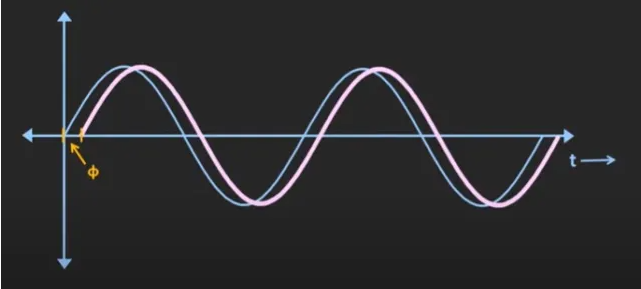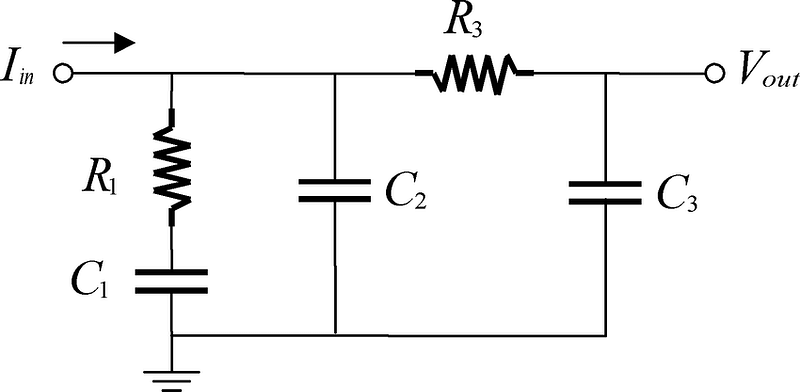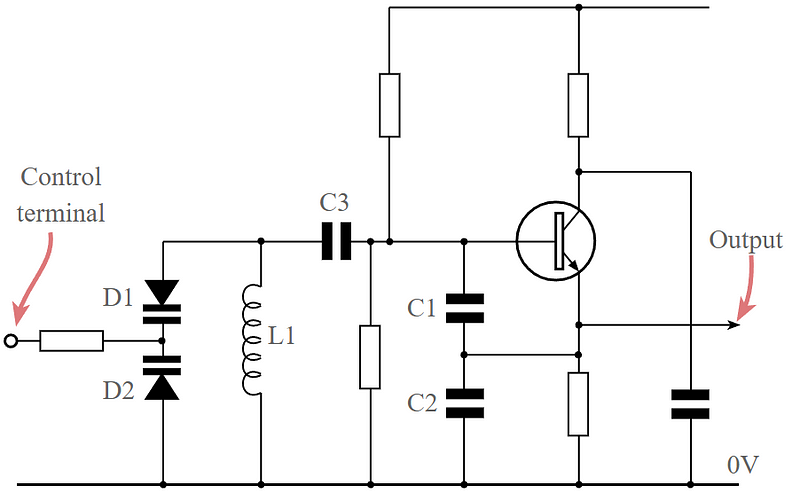Unlocking the Secrets of Phase-Locked Loops in Electronics
Written on
Chapter 1: The Historical Context of PLLs
The emergence of communication technologies, such as radios and telephones, in the early 20th century paved the way for advancements in radio-controlled devices and wireless communication protocols. A pivotal figure in this evolution was Hedy Lamarr, whose groundbreaking frequency-hopping technique became a cornerstone of secure communications.
Her patent, metaphorically speaking, served as the “guiding force” for these systems. By allowing the rapid switching of carrier frequencies, Hedy's modulation methods effectively thwarted attempts at signal interception by enemy jammers during World War II, aiding in the guidance of radio-controlled torpedoes to their targets. This innovation not only represented a major leap in RF spread-spectrum technology but also cemented Hedy Lamarr's legacy as a trailblazer in the field.

Today, the principles behind these standards are integral to the functionality of essential features in our electronic devices, including WiFi, GPS, and Bluetooth. While Hedy began her career as an actress, her brilliance shone through her technical innovations, which she once humorously described: “Any girl can become glamorous; all you have to do is stand still and look stupid.”
Chapter 2: Understanding Phase-Locked Loops (PLLs)
PLLs are essential control systems that have transformed the way we process signals in electronics. They work by locking onto incoming reference signals, recreating periodic frequencies, and feeding the generated signal back into the system.
To better grasp the concept of PLLs, consider watching the following introductory video:
PLLs consist of several key components: Phase Detectors, Loop Filters, and Voltage Controlled Oscillators (VCOs). The primary objective of a PLL is to maintain a consistent phase relationship between the input and output frequencies, establishing a “phase-locked” condition when the two are equal.
Phase Detector
The Phase Detector is the first subsystem within a PLL, responsible for measuring the phase difference between the reference and feedback signals. This phase difference is then converted into a control signal that aids in achieving synchronization.
For a deeper understanding of how Phase Detectors function, check out this informative video:
Loop Filter
Loop Filters play a crucial role in enhancing the quality of the signals processed by PLLs. They are designed to minimize phase noise and unwanted frequencies, ensuring that the system operates at optimal levels.
In electronic terms, filters can be classified as either passive or active, each serving distinct purposes within the circuit. For instance, a passive low-pass filter utilizes reactive components to suppress high-frequency signals.

Voltage Controlled Oscillator (VCO)
The VCO adjusts the frequencies of the periodic signals to maintain desired phase relationships, making it a vital component of PLLs. By manipulating capacitance and inductance in the circuit, it generates a control voltage that influences frequency oscillations.

Chapter 3: The Ubiquity and Significance of PLLs
PLLs are integrated into a myriad of applications, from synchronizing communications in space to demodulating signals for mobile devices. They are also used in digital circuits as clock generators, helping synchronize multiple frequencies and recover lost signals.
The widespread use of PLLs in various technologies, including audio and video processing devices, underscores their importance in modern electronics. As we continue to explore the capabilities of these systems, it is clear that their influence is profound and enduring.
In conclusion, the journey of Phase-Locked Loops from theoretical concepts to practical applications illustrates their indispensable role in the evolution of electronic systems. Their ability to filter noise, synchronize frequencies, and enhance signal integrity makes them a cornerstone of contemporary technology.